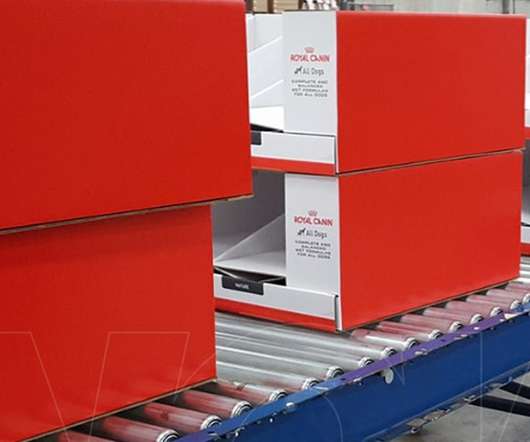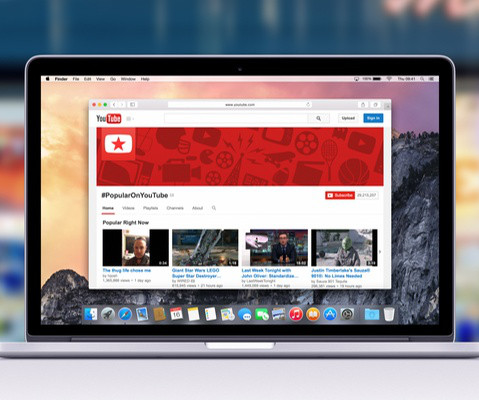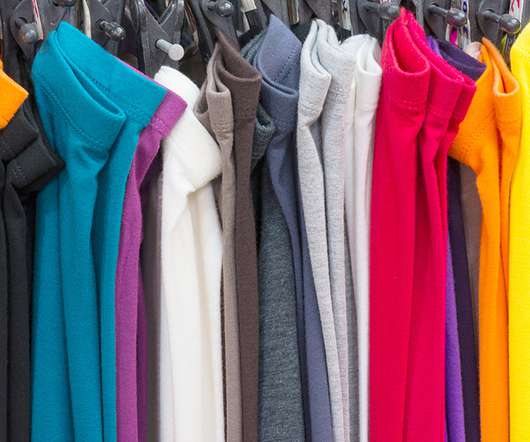How Color Psychology Influences Retail Sales
Creative Displays Now
SEPTEMBER 8, 2023
By understanding the psychological impact of colors, retailers can create an atmosphere that resonates with consumers to boost engagement and prompt in-store sales. This still allows the red to convey energy and sale prices where necessary. Blue and yellow are also commonly used for seasonal merchandising in these stores.












Let's personalize your content